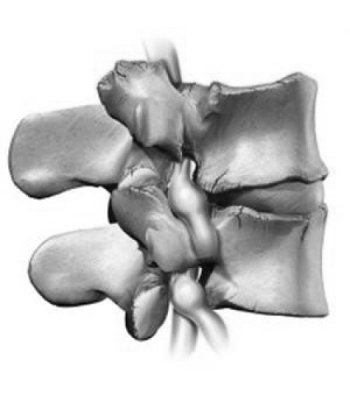Disc Degeneration
Key facts you need to know
DEGENERATIVE DISC DISEASE
Disc Degeneration, Slipped Disc, Disc bulge, Sciatica or Disc Prolapse can cause back pain and /or trapped nerves. Degenerative disc disease is a very prevalent problem and very frequently cited as one of the main causes of low back pain today. The disc, or more correctly the intervertebral disc is located between two adjacent vertebral bodies. In the lumbar spine there are five discs the first located between L1/L2 (lumbar vertebra 1 & 2) and the last between L5 /S1 (lumbar vertebra 5 and Sacrum).
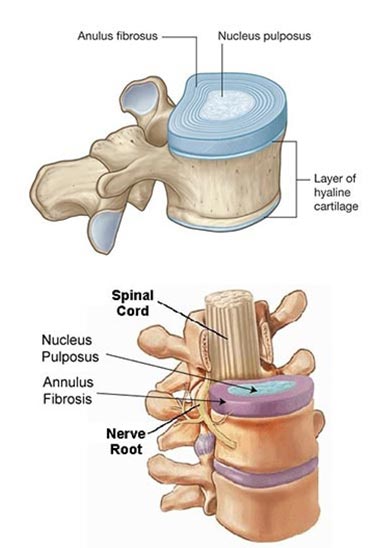
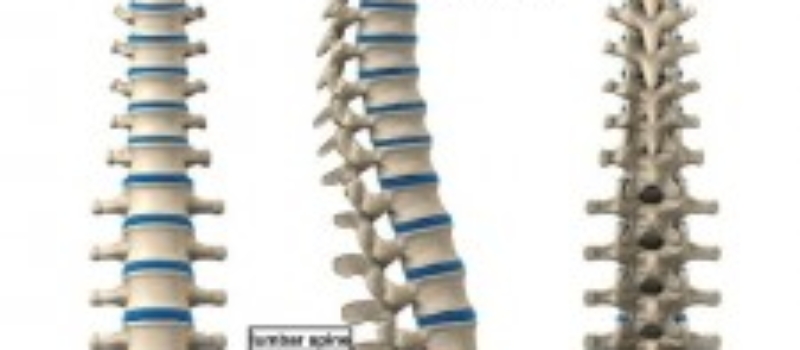
THE DISC
The disc is composed of two parts. The outer section consists of a series of rings or bands known as the annulus fibrosis. These rings look like a sliced onion and are sometimes described as behaving like a telephone book rolled into a tube (strong under compression). The central portion of the disc is known as the nucleus pulposus and is a jellylike substance which contains a lot of water. It behaves like spongy ball.
Because each vertebra has a different shape in the cervical, thoracic and lumbar spine the disc structure & function also varies.
In the lumbar spine the main function of the intervertebral disc is to act as a shock absorber to control compressive loads on the spine. It is important to recognise that the discs in other parts of the spine are not subjected to the same degree of compression because of the vertebral shape. This means that a disc problem in the neck is very different from a disc problem in the lumbar spine so information you may see (Prof Google?) about the cervical spine is not relevant to the lumbar spine

Disc Mechanics
When the intervertebral disc is subjected to compressive load the central portion (nucleus pulposus) tries to expand sideways but is restrained by the rings of the annulus fibrosis. The annulus is an elastic structure but more rigid than the nucleus and it resists the pressure to deform – much like the metal rings on a barrel.
The pressure in the disc varies according to the position of the spine and how long the position is maintained.
In fact many people find it surprising that the disc is placed under significant pressure when sitting – a daily occurrence for many. This can be a little surprising because sitting doesn’t feel like a lot of effort to sit but it does place continuous compression upon the disc. That’s also why it’s a good idea to get up, move around & change position regularly even if your job does not require it.
FORWARD BENDING (SPINAL FLEXION)
When we bend forwards the front section of the disc is compressed and the back portion is stretched.
If this movement is repeated many times such as in jobs that involve a lot of bending or in hobbies like gardening then this repeated stretching at the back of the disc can cause damage to the fibres of the annulus fibrosis and can start the process of degenerative disc disease
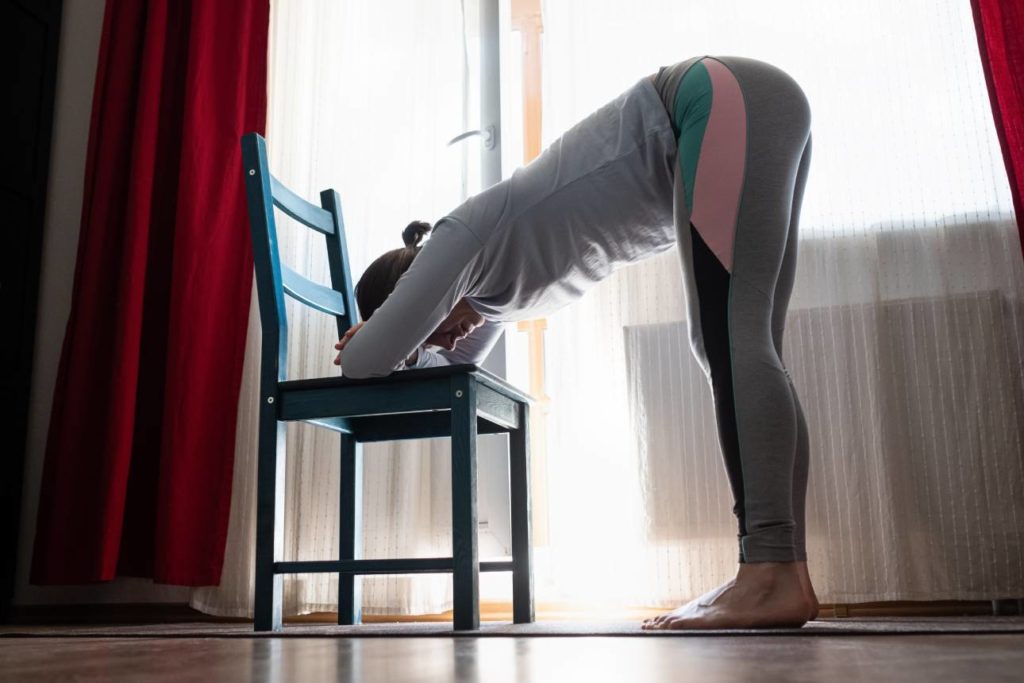
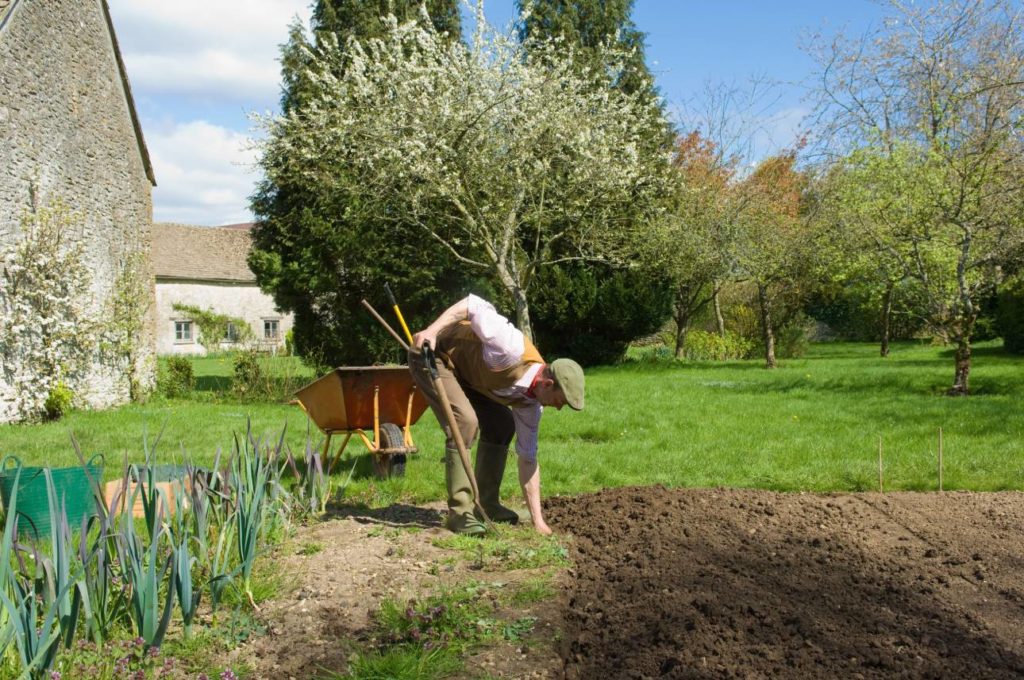
FORWARD BENDING / TWIST
This is a very common motion which most of us do as part of normal daily living. However as anyone who has back pain knows this is a position which frequently causes acute low back pain and is often a position avoided by many chronic low back pain sufferers. Of course there has been a huge amount of workplace safety training advising avoidance of bending the spine and using the legs to compensate.
The unfortunate reality is that despite several decades of this training around the globe it has not significantly impacted the incidence of low back pain & work-related injury. The truth is that normally our spine, hips and pelvis are designed to withstand the pressures of bending and twisting (certainly with our own bodyweight). When the spine fails without warning it is usually because there have been underlying joint changes (some of which commonly get ignored) and some of which remain below the radar. These changes alter the joint mechanics and muscle control and therefore predispose to repeat injury.
Underlying problems of poor muscle control ie trunk, hips & pelvis, stiffness in the spine & hip joints, or tight / shortened muscles are all very frequent underlying factors which predispose to acute disc irritation.
Stages of Disc Degeneration
There are a number of stages of changes which can occur within the disc and they are illustrated in the diagram below.
Importantly the first two stages are usually considered to be non-painful and therefore don’t generate any symptoms. They typically occur slowly over time from repeated low-grade trauma which does not necessarily produce any inflammation or conscious awareness. Also because only the outer part of the disc has a nerve supply, the inner portion of the disc is not innervated and therefore cannot produce pain. It is only when the situation deteriorates that symptoms are experienced.

DISC DEGENERATION SYMPTOMS
The most widely recognised symptoms of disc-related pain is sciatica (nerve pain in the leg). Some patients with sciatica will also have pain in the back but a significant proportion will not report much back pain but will have leg symptoms. When the disc is bulging but not compressing a nerve it can cause pain in the back and refer into the buttocks and hip region but not usually down the leg.
When the disc itself is painful it is usually described as a “deep” pain which can’t be easily located through the skin ie hard to find a pressure point. It can be very sharp (often confused as nerve pain) or more generalised aching discomfort depending on the degree of irritation. A disc that is irritated but has not prolapsed through the annulus fibrosis can feel very vulnerable just like any other sprained structure like knee or ankle ligaments.
People are often also report feeling “too much pressure” on the back and need to lie down to ease symptoms or sometimes even a feeling that they could separate in half (this never happens fortunately!).
OTHER COMMON DISC DEGENERATION
SYMPTOMS INCLUDE:
- Pain on sitting
- Pain coughing or sneezing
- Pain bending
- Pain on lifting
- Morning stiffness
- Pain turning in bed
- Hips or shoulders shifted to one side (lateral shift)
Treatment
Physiotherapy treatment is dependent upon the stage and severity of the condition. The first priority may be to unload the disc which can be achieved through specific muscle activation work, support strapping, corrective exercises or in some cases a Lumbar corset. It is important, if possible, to prevent the disc bulges progressing to a full herniation because that can require surgical procedure. This is one of the major complications of inappropriate, thrusting manipulation trying to “put the disc back”.
If the disc is showing signs of recovery (which can vary from days to weeks) the next phase of rehabilitation is to increase movement, ensure good postural muscle function and increase loading tolerance with a very structured sequence of exercise progressions. This is a key part of rehabilitation and if this is done incorrectly can easily provoke or reverse recovery. Dosage of exercise is like prescription medication – it needs to be precisely selected, executed and progressed.
In the final stages of rehabilitation all tasks of normal daily living need to be comfortable and then more advanced challenges depending on your lifestyle need to be incorporated into the rehabilitation programme. If you hobby is gardening then rehabilitation needs to focus on ensuring that your spine has the capacity to bend and tolerate a sustained position as well as lift & carry.
In some cases the spine may not recover sufficiently in order to tolerate these types of loads so from some form of ergonomic adaptations may be required to facilitate activity.
If the focus of rehabilitation is to return to sporting activities such as golf or tennis then advanced stage rehab needs to analyse the components of movement required for these activities, test each of these components in a controlled environment under supervision and increase the loading to replicate sport specific activities. To do this your rehabilitation will need to involve combination of specific manual therapy directed to the joints, specific corrective exercises to coordinate the muscles, and some form of simulated activity in a rehabilitation gym to prepare for activities of daily living.
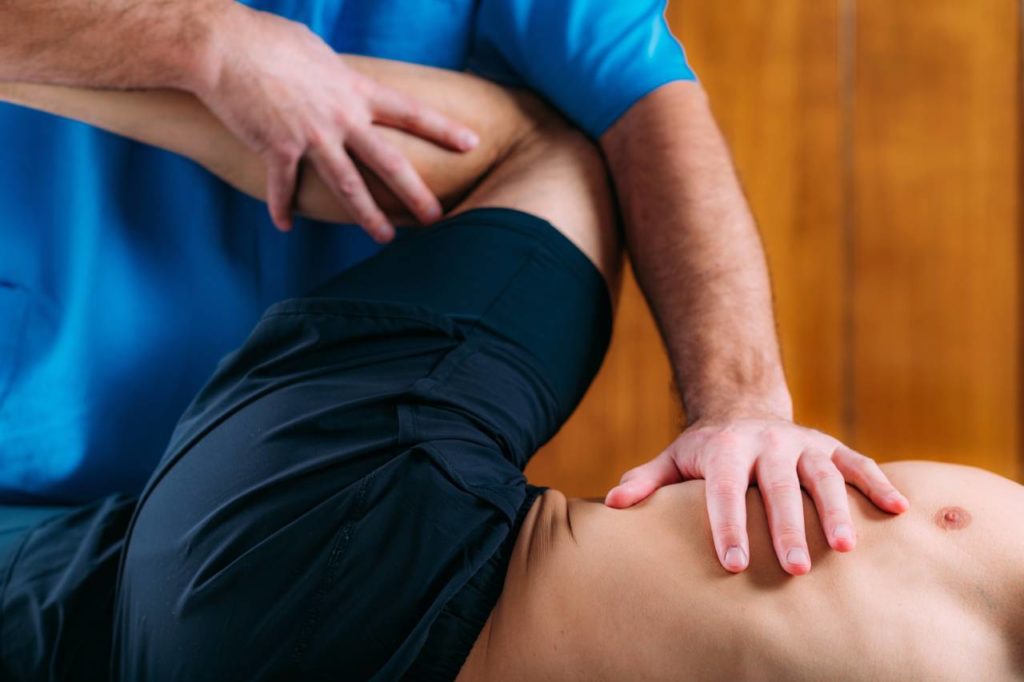
BACK PAIN – SPECIFIC CONDITIONS
JOIN OUR MAILING LIST
EMAIL:





